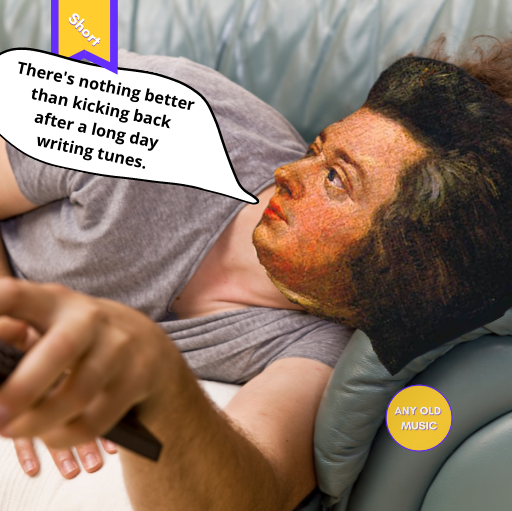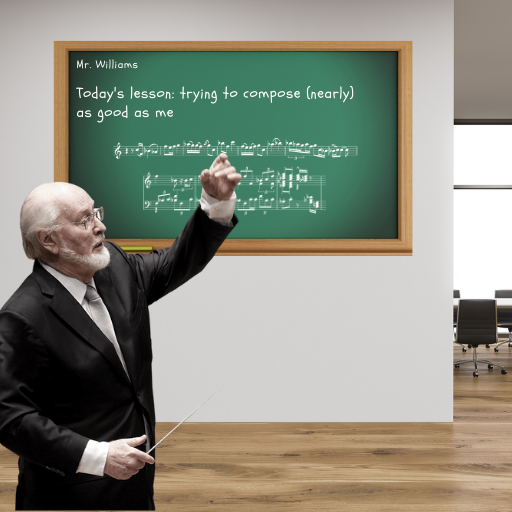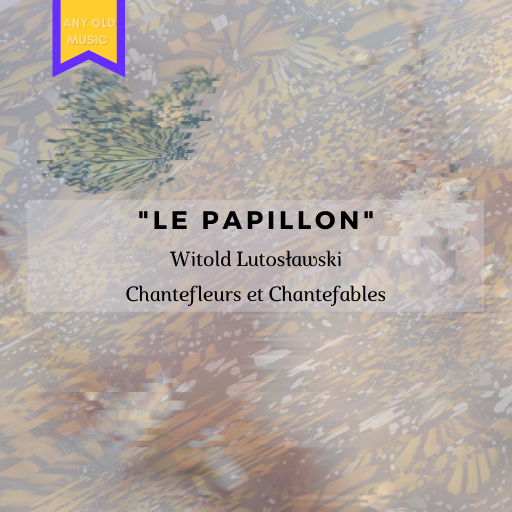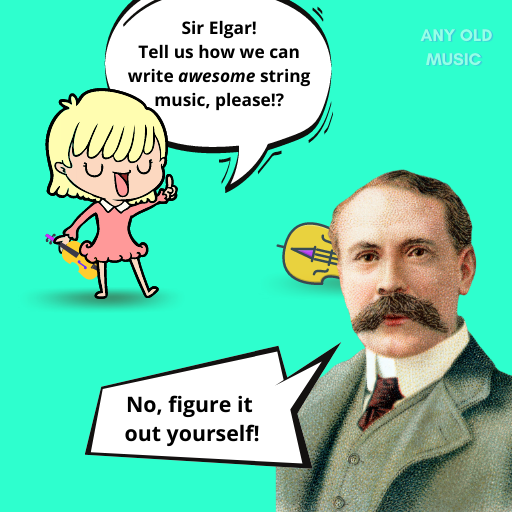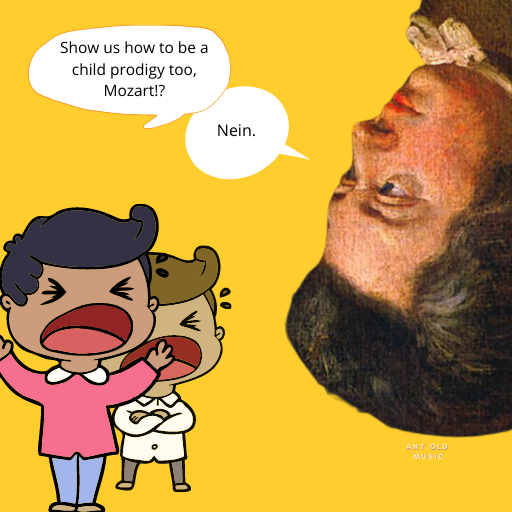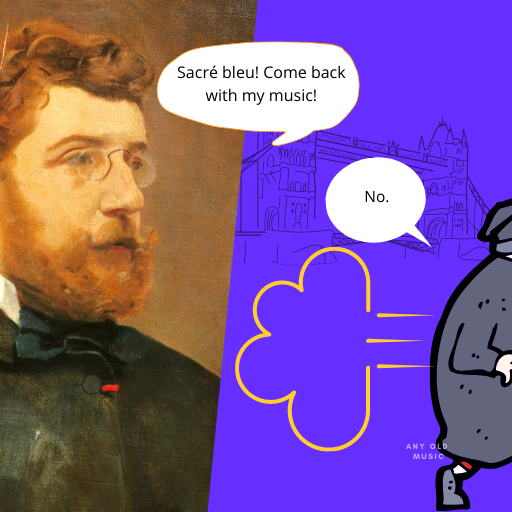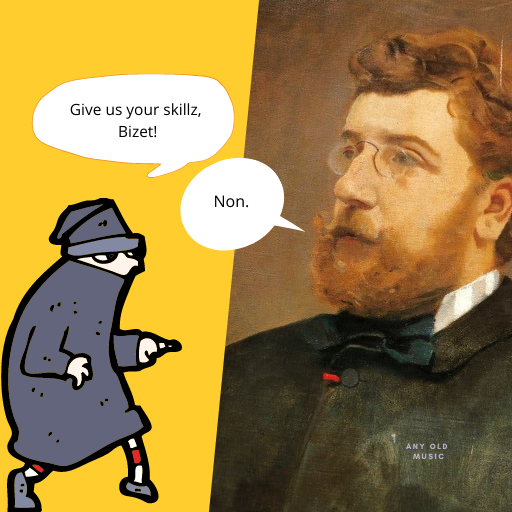Pyotr Ilyich Tchaikovsky – Symphony No. 2 “Little Russian” – Orchestrating Variety – Bitesize Orchestration Analysis
Tchaikovsky’s Second Symphony, nicknamed “Little Russian”, opens with a melody presented on its own on solo french horn. Tchaikovsky then uses this melody as his only material for the opening three to four minutes, presenting it in three full re orchestrated forms, and then several fragmented forms. The first full version sees bassoons take up […]



